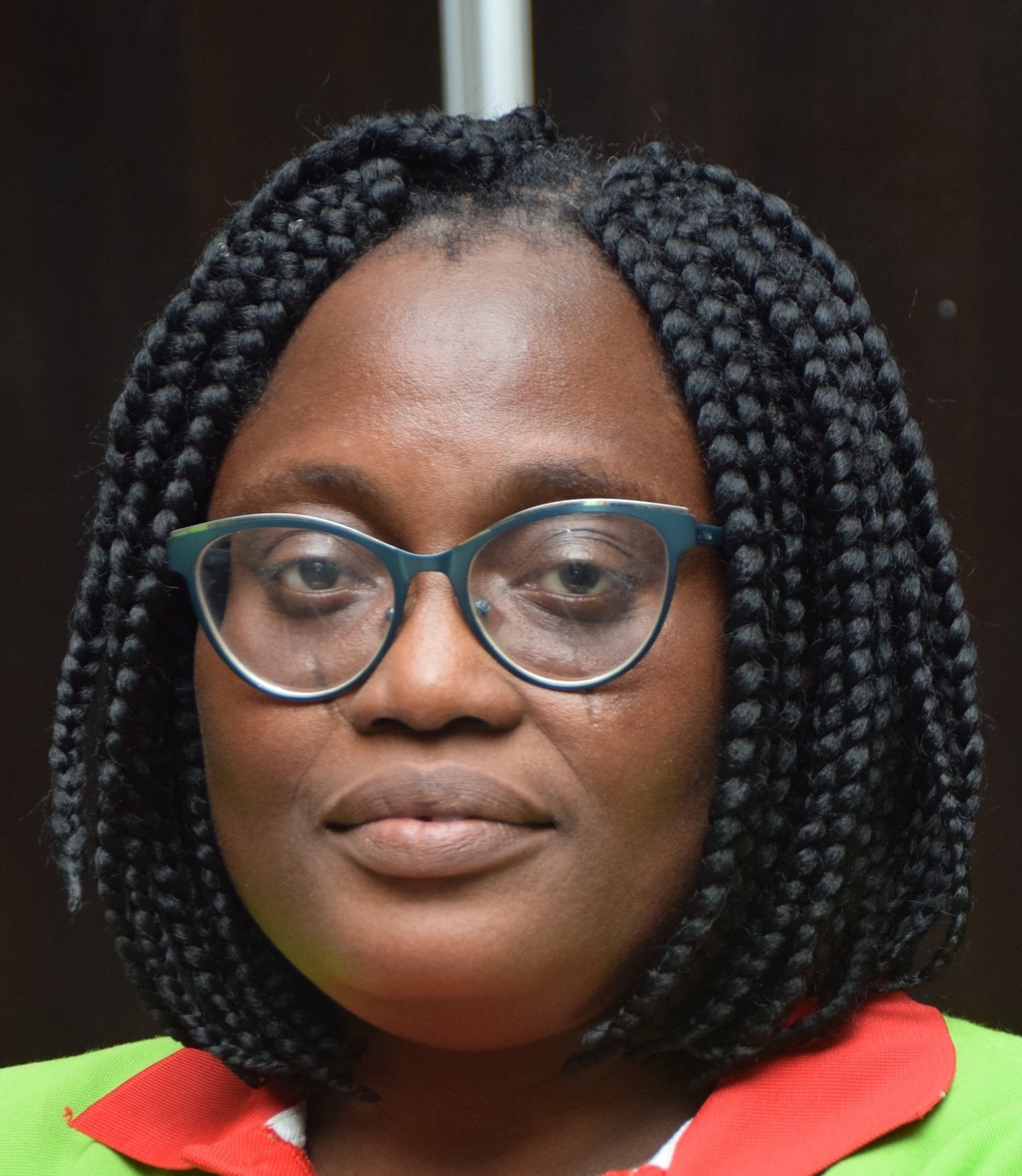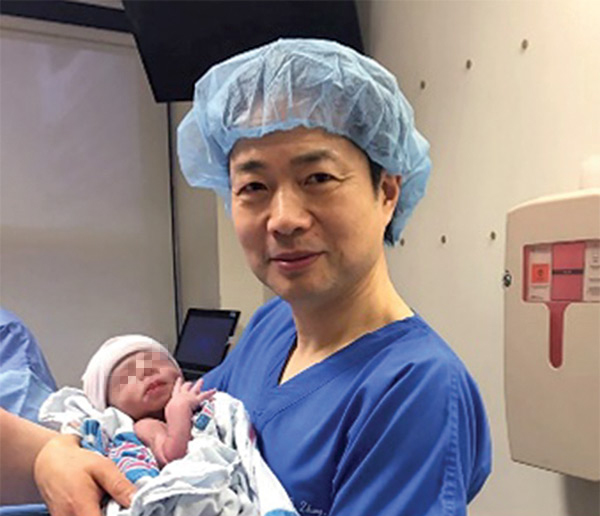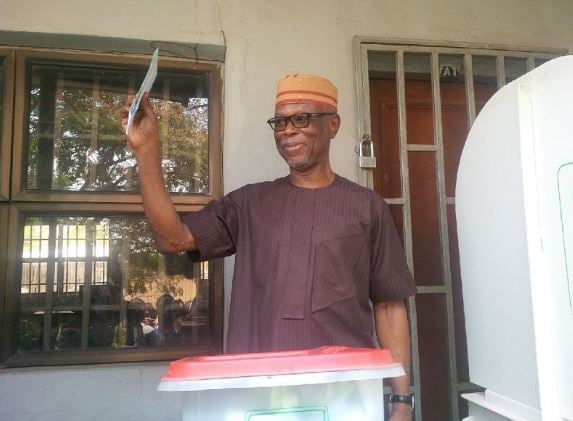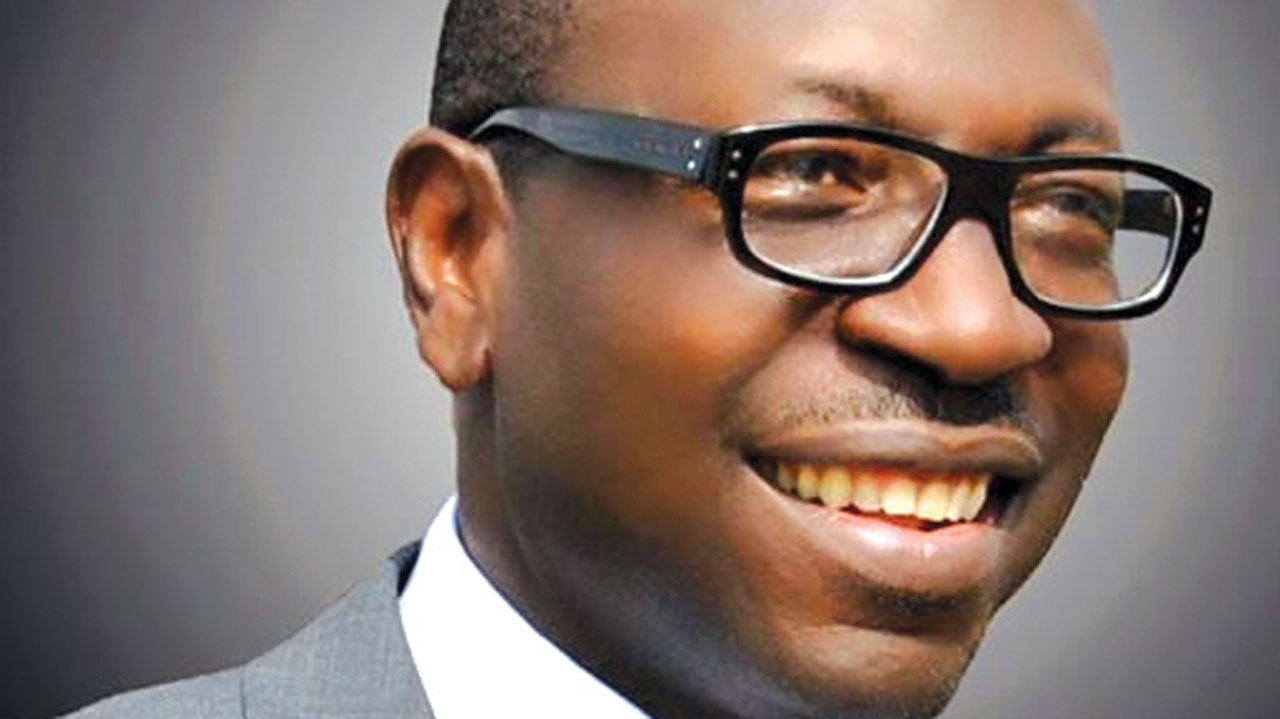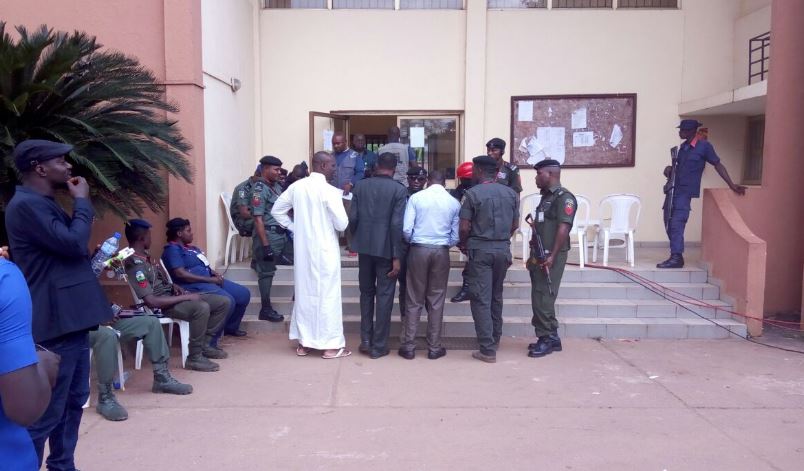A five-month-old boy is the first baby to be born using a new technique that incorporates DNA from three people, according to New Scientist.
The child was born to Ibtisam Shaban and Mahmoud Hassan, from Jordan, who had been trying to start a family for almost 20 years.
The method, which incorporates DNA from three parents, is only legally approved in the UK.
But US scientists have spoken of how they travelled to Mexico to escape regulation, resulting in the birth of five-month-old Abrahim Hassan.
Advertisement
The controversial technique, which allows parents with rare genetic mutations to have healthy babies, is only legal in this country, and this followed fierce parliamentary debate.
International experts expressed concerns about the way the breakthrough had come about, and about the lack of regulation in Mexico. But they hailed the world first as “great news” which could speed advances in the field.
The boy’s mother carries genes for Leigh syndrome, a fatal disorder that affects the developing nervous system.
Advertisement
She carries genes for Leigh syndrome, a fatal disorder that affects the developing nervous system.
Genes for the disease reside in DNA in the mitochondria, which provide energy for the cells and carry 37 genes that are passed down via the mother’s side.
Around a quarter of her mitochondria have the disease-causing mutation. While she is healthy, Leigh syndrome was responsible for the deaths of her first two children.
The couple sought out the help of John Zhang and his team at the New Hope Fertility Center in New York City.
Advertisement
Zhang has been working on a way to avoid mitochondrial disease using a so-called “three-parent” technique.
In theory, there are a few ways of doing this. The method approved in the UK is called pronuclear transfer and involves fertilising both the mother’s egg and a donor egg with the father’s sperm.
Before the fertilised eggs start dividing into early-stage embryos, each nucleus is removed.
The nucleus from the donor’s fertilised egg is discarded and replaced by that from the mother’s fertilised egg.
Advertisement
But this technique wasn’t appropriate for the couple – as Muslims, they were opposed to the destruction of two embryos.
So Zhang took a different approach, called spindle nuclear transfer. He removed the nucleus from one of the mother’s eggs and inserted it into a donor egg that had had its own nucleus removed.
Advertisement
The resulting egg – with nuclear DNA from the mother and mitochondrial DNA from a donor – was then fertilised with the father’s sperm.
Zhang’s team used this approach to create five embryos, only one of which developed normally.
Advertisement
This embryo was implanted in the mother and the child was born nine months later.
Neither method has been approved in the US, so Zhang went to Mexico instead, where he says “there are no rules”.
Advertisement
“To save lives is the ethical thing to do,” he said.
The couple had a long history of fertility problems and miscarriage.
Ten years after they married, Shaban became pregnant but it ended in the first of four miscarriages.
In 2005, the couple gave birth to a baby girl. It was then that they discovered the probable cause of their fertility problems: a genetic mutation in Shaban’s mitochondria.
Their daughter was born with Leigh syndrome, which affects the brain, muscles and nerves of developing infants, and died aged six.
The couple’s second child had the same disorder, and lived for eight months.
Add a comment
